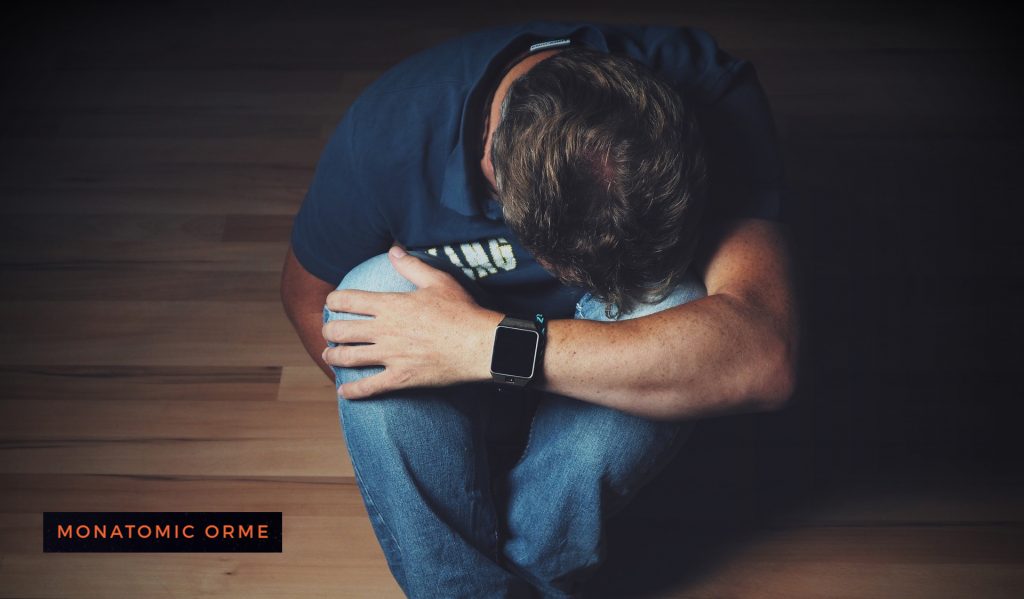
What Are The Three Stages Of Biofeedback Training?
Biofeedback training is a holistic mind-body therapy that helps us understand how thoughts, feelings, and behaviors impact our physical bodies. By measuring many body responses, including heart rate, blood pressure, breathing, brain waves, skin temperature, and muscle tension, people can learn how their physiological activity changes in the face of certain stressors. They can learn what to do to improve their health and emotional well-being.
Everyone has different physical states, mental states, and emotional responses. Biofeedback practitioners provide training specific to the individual’s needs to promote health and wellness. Every biofeedback client goes through three stages: a stress profile, learning, and controlling in everyday life.
What Is Biofeedback Training?
 Biofeedback training measures physical responses by using electronic sensors attached to various parts of the body. The sensors inform the individual of how these changes work through signals such as light displays or auditory responses. While the individual sees or hears the feedback, they recognize the thoughts, feelings, and mental images that could influence their physical reactions.
Biofeedback training measures physical responses by using electronic sensors attached to various parts of the body. The sensors inform the individual of how these changes work through signals such as light displays or auditory responses. While the individual sees or hears the feedback, they recognize the thoughts, feelings, and mental images that could influence their physical reactions.
This information makes it easy for the individual to learn which mental stimuli can also serve to help them recognize what is required to reduce problematic symptoms. These cues to relax give the individual more control over their physical responses, helping them reduce their stress and to start relaxing.
There are many kinds of biofeedback equipment, ranging from thermal sensors that pick up body temperature to electroencephalographs (EEGs) that pick up brain wave patterns. Regardless of the equipment used, each session goes through three stages: the stress profile, controlling the problem, and transferring the control to the individual.
Stage One: Becoming Aware of the Problem
Biofeedback training begins with a psychophysiological stress profile (PSP). This helps the individual identify how their body responds to certain stressors, which will help determine how well they can overcome their physical responses. It involves putting the individual through controlled cycles of rest, stress, and recovery.
The PSP uses sensors attached to various parts of the body, and it starts by measuring the baseline physical responses. The individual then goes through a set of stressors, each lasting from two to four minutes. They are both physical stressors (like running in place) and mental stressors (like performing math problems). After each “test,” the individual goes through a relaxation period to return to their baseline.
Stage Two: Controlling The Physical Response
 After the PSP is administered and the individual and practitioner learn how the body reacts to certain stressors, the next step is the training. The practitioner assists the individual in reaching certain goals related to managing a specific physical response.
After the PSP is administered and the individual and practitioner learn how the body reacts to certain stressors, the next step is the training. The practitioner assists the individual in reaching certain goals related to managing a specific physical response.
For instance, the PSP can identify the muscle tension is causing back soreness, headaches, or jaw clenching. This knowledge helps the individual make deliberate physical changes, like relaxing specific muscles, to reduce the pain. Once the patient learns the thought cues that help relaxation, they can move on to stage three: using the techniques on their own.
Stage Three: Transferring Control To The Patient
In the final stage, those who have undergone biofeedback training learn how to use their new skills independently. They can use their self-regulation to overcome the physical and emotional problems associated with their stress responses. These tactics can help them treat tension headaches and migraines, control blood pressure, relieve digestive issues like IBS, and generally relieve stress.
It does more than that, though: biofeedback training closes the disconnect between our bodies and our minds. It gives people more control over natural healing solutions for problems they think always require medication. By identifying the obstacles to clear, positive thinking, biofeedback training can help us all overcome both physical and mental limitations!

